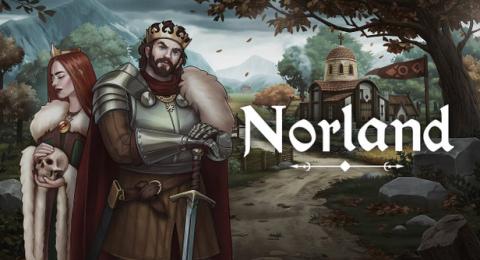The gaming industry has witnessed a dynamic transformation over the years, with various genres rising to prominence. Among these, trainers games have carved out a unique niche, appealing to a diverse audience. This article explores the concept of trainers games, their evolution fling trainer, and their impact on the gaming landscape.
What Are Trainers Games?
Trainers games, often referred to as “simulation” or “management” games, are a genre where players take on roles that involve managing, developing, or guiding characters or entities through various challenges and objectives. These games emphasize strategy, planning, and skill development, rather than just action or adventure. The term “trainer” in this context refers to the role of the player as a coach or guide, helping characters improve and achieve their goals.
Historical Background
The origins of trainers games can be traced back to early computer and console games where players managed resources or guided characters through strategic decisions. Classic examples include sports management games, where players manage teams, and simulation games like SimCity, where players build and manage cities.
In the early 2000s, trainers games gained traction with the rise of more complex and detailed simulations. Games like “Football Manager” and “The Sims” became popular, offering players intricate systems to manage and develop. These games allowed players to delve deeply into strategic thinking and character development, setting the stage for the genre’s growth.
Key Features of Trainers Games
- Strategic Depth: Trainers games often require players to make strategic decisions that affect the outcome of the game. This includes managing resources, making tactical choices, and planning long-term strategies.
- Character Development: Many trainers games focus on the growth and development of characters or entities. This can involve improving skills, achieving goals, and overcoming challenges.
- Customization: A significant aspect of trainers games is the ability to customize and personalize various elements. Players can often tweak settings, modify characters, and influence the game environment to suit their preferences.
- Realistic Simulations: Trainers games often aim for a high level of realism. This can be seen in sports management games where players deal with real-life team dynamics or in city-building games where players manage infrastructure and resources.
Popular Examples and Their Impact
Several trainers games have left a significant mark on the industry:
- Football Manager: This game allows players to manage a football team, making decisions on tactics, transfers, and training. Its detailed simulation of real-world football management has made it a staple for sports enthusiasts.
- The Sims: A life simulation game where players create and control characters, managing their daily lives, relationships, and careers. Its success has highlighted the appeal of character-driven gameplay and customization.
- Stardew Valley: A farming simulation game that combines elements of management and character development. Players manage a farm, build relationships with townsfolk, and explore the game world.
These games have not only entertained millions but also influenced other genres, contributing to the broader acceptance and popularity of trainers games.
The Future of Trainers Games
As technology continues to advance, trainers games are expected to evolve further. The integration of virtual reality (VR) and augmented reality (AR) could enhance the immersive experience, allowing players to engage with simulations in new and exciting ways. Additionally, advancements in artificial intelligence (AI) could lead to more sophisticated and responsive game environments, providing players with deeper and more realistic simulations.
